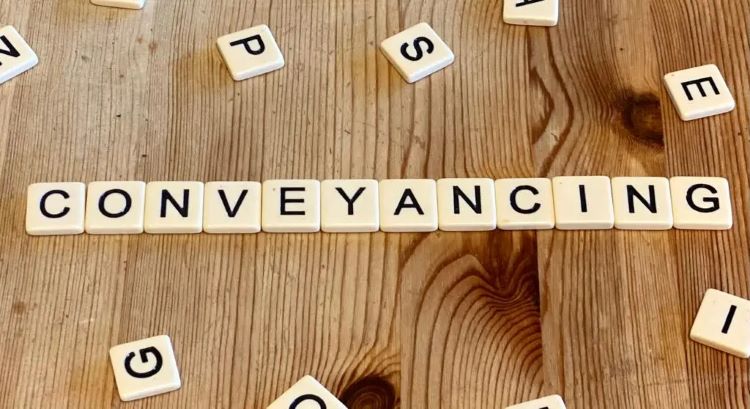Navigating the complexities of buying or selling property in the UK requires a fundamental understanding of conveyancing. This legal process involves the transfer of property ownership from one person to another. It’s a critical, if not daunting, journey for both first-time buyers and seasoned investors alike. This article aims to demystify the conveyancing process, offering insights into its various stages, the role of the professionals involved, and some of the challenges that can arise.
Contents
The Conveyancing Process Unveiled
Conveyancing is a multi-faceted procedure that begins the moment an offer on a property is accepted. It’s a legal requirement that ensures the buyer secures title to the land, along with all the rights that come with it and is notified of any restrictions in advance of the purchase.
Stage One: Initiating the Process
The first step involves instructing a conveyancer or solicitor to handle the legalities. This professional will conduct several searches with local authorities and other entities to uncover any issues that might affect the property’s value or your ability to enjoy it. These searches cover a range of concerns, from planning permissions and building regulation compliance to flood risks.
During this phase, the importance of a thorough and skilled conveyancer cannot be overstated. We Buy Any Home exemplifies this notion, illustrating the pivotal role that experienced professionals play in navigating the conveyancing maze.
Stage Two: The Exchange of Contracts
Once the searches are completed and any identified issues resolved, the next major milestone is the exchange of contracts. This legally binding step commits both the buyer and seller to the transaction. The buyer is typically required to put down a deposit, usually around 10% of the property’s purchase price.
Stage Three: Completion and Beyond
Completion marks the point at which the property officially changes hands. The balance of the purchase price is transferred from the buyer’s conveyancer to the seller’s conveyancer, and the buyer can finally move into their new home. However, the conveyancer’s job isn’t finished yet. They must ensure that the buyer is registered as the new owner with the Land Registry and that all related taxes are paid, including Stamp Duty Land Tax.
The Role of Conveyancers: A Closer Look
Conveyancers and solicitors are the linchpins of the conveyancing process. Their expertise not only facilitates smooth transactions but also provides vital legal advice and peace of mind for their clients. Choosing the right conveyancer is crucial; their skill and diligence can mean the difference between a seamless transaction and a problematic one.
Overcoming Challenges in Conveyancing
The path of conveyancing is seldom without its hurdles. Issues can arise from unexpected search results, such as boundary disputes or future development plans affecting the property. Financial delays, especially in property chains, can also complicate matters. However, with a competent conveyancer, these challenges can usually be navigated successfully.
In conclusion, the journey through conveyancing’s legal labyrinth can be complex, but understanding its stages and the importance of professional guidance illuminate the path to property ownership. While challenges may arise, the expertise of a skilled conveyancer is your best ally in navigating these waters to a successful transaction. This process underscores the intricate ballet of legal, financial, and administrative tasks that culminate in the transfer of a property’s title—a dance that, while complex, leads to the rewarding outcome of homeownership in the UK.

